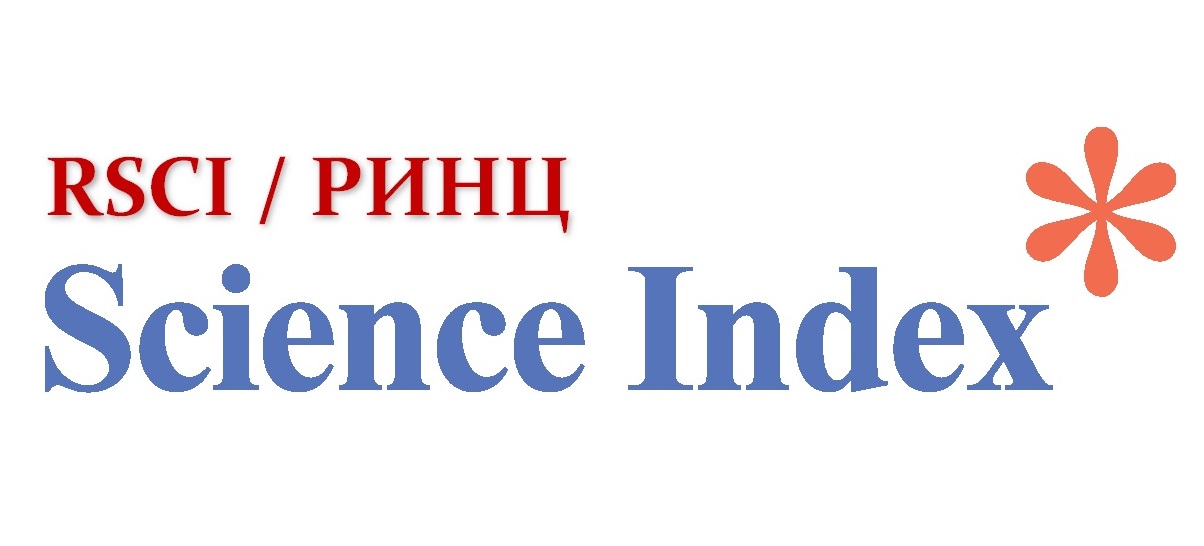State policy in the sphere of labor and employment of the population: theoretical aspects
Views: 195 / PDF downloads: 0 / PDF downloads: 98
Abstract
Kazakhstan is a social state, and one of the key priorities of the state socio-economic policy of
the country is to ensure employment of the population, reduce unemployment, and socially protection of the
unemployed, that is, to regulate the situation in the labor market. State policy is designed to provide its citizens
with social guarantees and contribute to the growth of their well-being.
Today, in the face of global challenges in the labor market, the issues of improving measures to promote
employment by the state are of particular relevance. In turn, this requires a comprehensive study of the
theoretical and conceptual foundations of state regulation of the situation in the labor market.
In this study, the author identified the main theoretical approaches to the instruments of state influence
on the labor market. First, it is labor law. In this study, there were identified several approaches to assess the
impact of legislation on the situation of the labor market. Thus, such aspects as increasing the level of stable
employment by reducing staff turnover, regulating the cost of labor, employment, and labor productivity,
stimulating commitment to work and readiness to adapt to technological changes, and strengthening social
protection of vulnerable population groups have been identified. It is also noted that labor protection legislation
can act as a stabilizer in the event of an economic downturn.
In addition, the study identified critical aspects of this issue. For example, some experts argue that labor
protection legislation prevents the free movement of workers between enterprises and slows down the
adaptation of the workforce in economically unfavorable times, which can lead to inequality, widening the gap
between those who are covered and not covered by such a law.
The second is the establishment of a minimum wage. The author considers the arguments for the use of these
tools, as well as criticism of their use.






